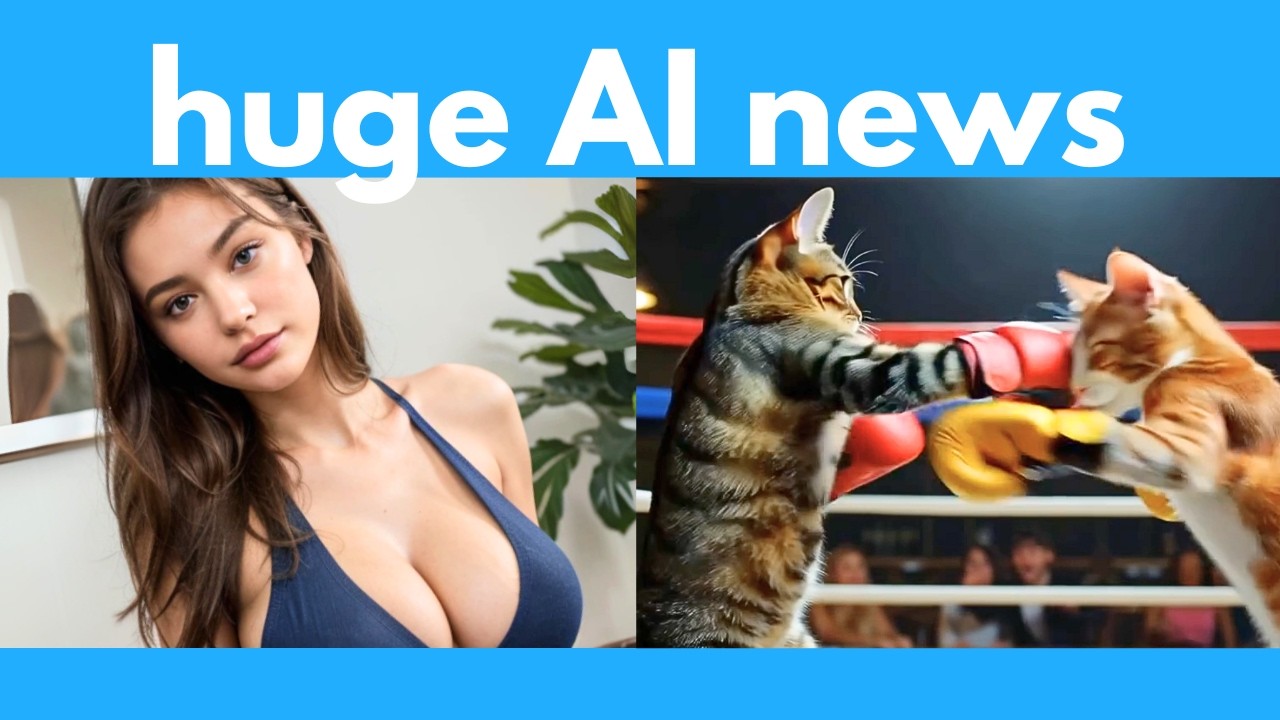This week in AI features groundbreaking innovations such as Rifle X, which extends video clips without quality loss, and Art, an AI that generates layered images for detailed editing. Additionally, advancements include the 3D scene generator Cast, Alibaba’s One 2.1 video model, and robotics developments with Unitree’s kung fu-performing humanoid robot, alongside discussions on GPT 4.5.
This week in AI has been remarkable, showcasing a variety of innovative tools and models that push the boundaries of technology. One standout is Rifle X, an AI that can extend short video clips without losing quality. This tool allows users to take a 5-second video and seamlessly extend it to 10 seconds using a technique called 2x extrapolation, which requires no additional training data. Users can also fine-tune the model for improved visual quality, making it versatile for different styles, including anime and 3D animations.
Another exciting development is Art, an AI that generates images with multiple transparent layers, allowing for detailed post-editing. Users can create complex designs, such as posters, where individual elements can be manipulated separately. The tool operates through a step-by-step process that organizes and positions these elements based on user prompts, making it a potential competitor to traditional design platforms like Canva. The code for this AI is available on GitHub, enabling users to run it locally.
The video also highlights a new 3D scene generator called Cast, which can recreate entire 3D environments from a single image. This AI identifies objects within the image and constructs 3D models, even filling in obscured parts based on relational graphs that ensure realistic interactions between objects. Although minor flaws exist in the generated scenes, the capability to create detailed 3D environments from just one image is a significant advancement in AI technology.
In the realm of video generation, Alibaba’s One 2.1 model has emerged as a leading open-source tool, capable of producing high-quality dance videos and complex scenes with impressive accuracy. This model supports various functionalities, including image-to-video generation and inpainting, allowing users to create dynamic content with ease. The release of a user-friendly interface and integration with Comfy UI further enhances accessibility for creators, making it a powerful tool for video production.
Lastly, the video introduces several other AI innovations, including Theorem Explain Agent, which generates educational videos on complex math and science concepts, and Mobius, which creates seamless looping videos from text descriptions. Additionally, advancements in robotics are showcased with Unitree’s G1 humanoid robot, now capable of performing kung fu moves. The video concludes with a discussion on GPT 4.5, OpenAI’s latest model, which, despite its high cost, has received mixed reviews regarding its performance compared to other models. Overall, this week has been filled with groundbreaking developments in AI, promising exciting possibilities for the future.
